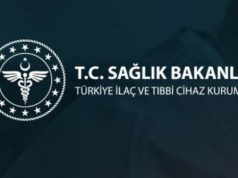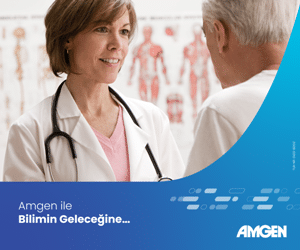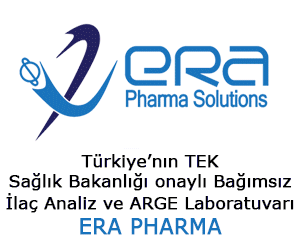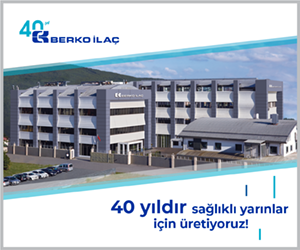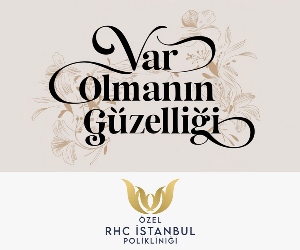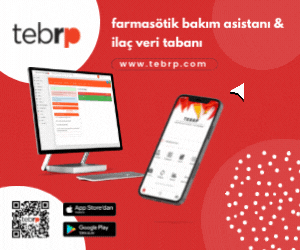Biyobenzerler, referans biyolojiklerden daha düşük maliyetle güvenli ve etkili tedavi sunma potansiyeline sahiptir.
Ancak büyük beklentilere rağmen, biyobenzerler ABD’de nispeten yavaş bir büyüme göstermiştir.
ABD’de daha fazla biyobenzer onaylandığı için, burada izlenmesi gereken beş önemli alan var:……..
Our latest Special Report is a review of key factors impeding progress of US biosimilar adoption written by Helen Ji (pictured above, left), an associate at Schiff Hardin LLP, Rekha Hanu (center), executive director and chief IP counsel at Akorn Pharmaceuticals (Nasdaq: AKRX) and Christine Simmon, SVP for policy and strategic alliances at the Association for Accessible Medicines.
Biosimilars, or follow-on biologics, have the potential to offer safe and effective treatment at a lower cost than a reference biologic. But despite great anticipation, biosimilars have seen relatively slow growth in the USA.
Moving forward, we can apply many lessons learned from generic small molecule drugs, which similarly faced slow growth in the 1980s and yet currently account for nearly 90% of prescriptions in the USA. Nevertheless, the additional regulatory, legal, scientific, and public perception issues unique to biosimilars will create new challenges.
As more biosimilars are approved in the USA, here are five important areas to watch:
1. Regulatory approval and market entrance
As of April 2018, nine biosimilars have been approved by the US Food and Drug Administration (FDA), none of which are “interchangeable.”
With five of the nine US biosimilars approved last year, and 60 additional biosimilars currently enrolled in the FDA’s Biosimilar Development Program, it appears likely that more biosimilars will be approved in 2018 and beyond.
However, it remains to be seen when the US market will begin to experience an influx of biosimilars. As of today, only three of the nine approved biosimilars are currently marketed and available for patient use.
The future of biosimilars that meet the interchangeable designation is also unclear, although the FDA appears to believe that interchangeables are close to emergence.
In January 2017, the FDA issued draft guidance on biosimilar interchangeability designed to help sponsoring pharmaceutical companies meet the interchangeable standard. The FDA has not yet responded to comments and questions by interested organizations.
Nevertheless, in June 2017, at least one FDA official opined that interchangeable biosimilars were likely to reach the market within two years. That same month, Boehringer Ingelheim announced the first study in the USA to pursue the interchangeability designation.
2. US legislative activity
Another area to watch is state and federal law. For example, states have been updating their pharmacy laws to address automatic substitution.
Although generic small molecules generally can be automatically substituted for the reference drug at the pharmacy level, only biosimilars that seek and receive the additional FDA designation of “interchangeable” can be automatically substituted.
Today, even though interchangeables are not yet on the market, 37 states and Puerto Rico have enacted laws regulating substitution of interchangeable biosimilars.
At the federal level, Congress has addressed both biosimilars and generic drugs during its 2018 budget discussions. The budget agreement passed in February 2018 added biosimilars to the Medicare Part D coverage gap discount program, but left uncertain the future of the long-proposed Creating and Restoring Equal Access to Equivalent Samples (CREATES) Act.
CREATES aims to facilitate access by biosimilar and generic drug applicants to the reference samples needed for testing and approval, by providing a legal cause of action against any reference drug owner who attempts to restrict access. Despite the wide bipartisan support for the bill, its future remains unclear.
3. Patent disputes
Last year, the US Supreme Court resolved a three-year long dispute in Amgen (Nasdaq: AMGN) v Sandoz, permitting a biosimilar applicant to opt out of the “patent dance” procedure through which the reference biologic and the biosimilar applicant are expected to exchange various disclosures.
Shortly after the Supreme Court held the only federal remedy for the patent owner is declaratory judgment, the Federal Circuit further held that state laws are preempted by the Biologics Price Competition and Innovation Act such that patent owner has no further remedy under state law.
These rulings appear to give biosimilar applicants more control over how patent disputes are addressed, allowing applicants to decide whether to disclose an application earlier or later along the approval process.
It remains to be seen how biosimilar applicants will utilize the patent dance moving forward.
The many moving parts surrounding the US Patent Trial and Appeal Board proceedings known as inter partes review (IPR) are also likely to affect biosimilars patent disputes. Created in 2012, IPRs quickly became a popular avenue for patent challengers. By February, 85 cases have been filed in the biopharma space in 2018 alone.
The most fundamental issue now is whether IPRs will continue to exist as valid proceedings in the USA. The Supreme Court is expected to issue an opinion shortly in Oil States Energy Services LLC v Greene’s Energy Group LLC to determine whether the IPR process is constitutional. At least 1,500 open IPR proceedings, including many involving biopharma patents, will be affected by this decision.
4. Antitrust disputes
Antitrust disputes are also emerging. For example, US courts have been asked to evaluate whether certain pricing constructs offered by reference biologic manufacturers go beyond traditional competition to constitute illegal conduct. In September 2017, Pfizer (NYSE: PFE) filed suit against Johnson & Johnson (NYSE: JNJ), alleging anticompetitive discounts and use of exclusionary contracts to prevent entry of competitors.
Biosimilars may also face scrutiny similar to what generic drugs faced in the event of reverse payment patent settlements, also known as “pay for delay” agreements. The first publicly acknowledged biosimilar patent settlement in the USA occurred in September 2017 between AbbVie (NYSE: ABBV) and Amgen. While the details remain confidential, the Federal Trade Commission may apply close scrutiny to prevent anticompetitive activity.
5. Physician and patient education
A key remaining question is whether biosimilars will be widely accepted by physicians and patients. Just as increased education aided the growth of generic small molecule drugs, regulators hope educational efforts can help growth of biosimilars and interchangeables as well.
In October 2017, the FDA published a set of materials designed to educate healthcare professionals about biosimilars and interchangeables. Additionally, the FDA is now conducting additional research to identify useful information to help improve communications between health care professionals and patients.
Similar efforts have been seen on the international front. In February 2018, the International Generic and Biosimilars Medicines Association launched its own biosimilar medicines information campaign.






